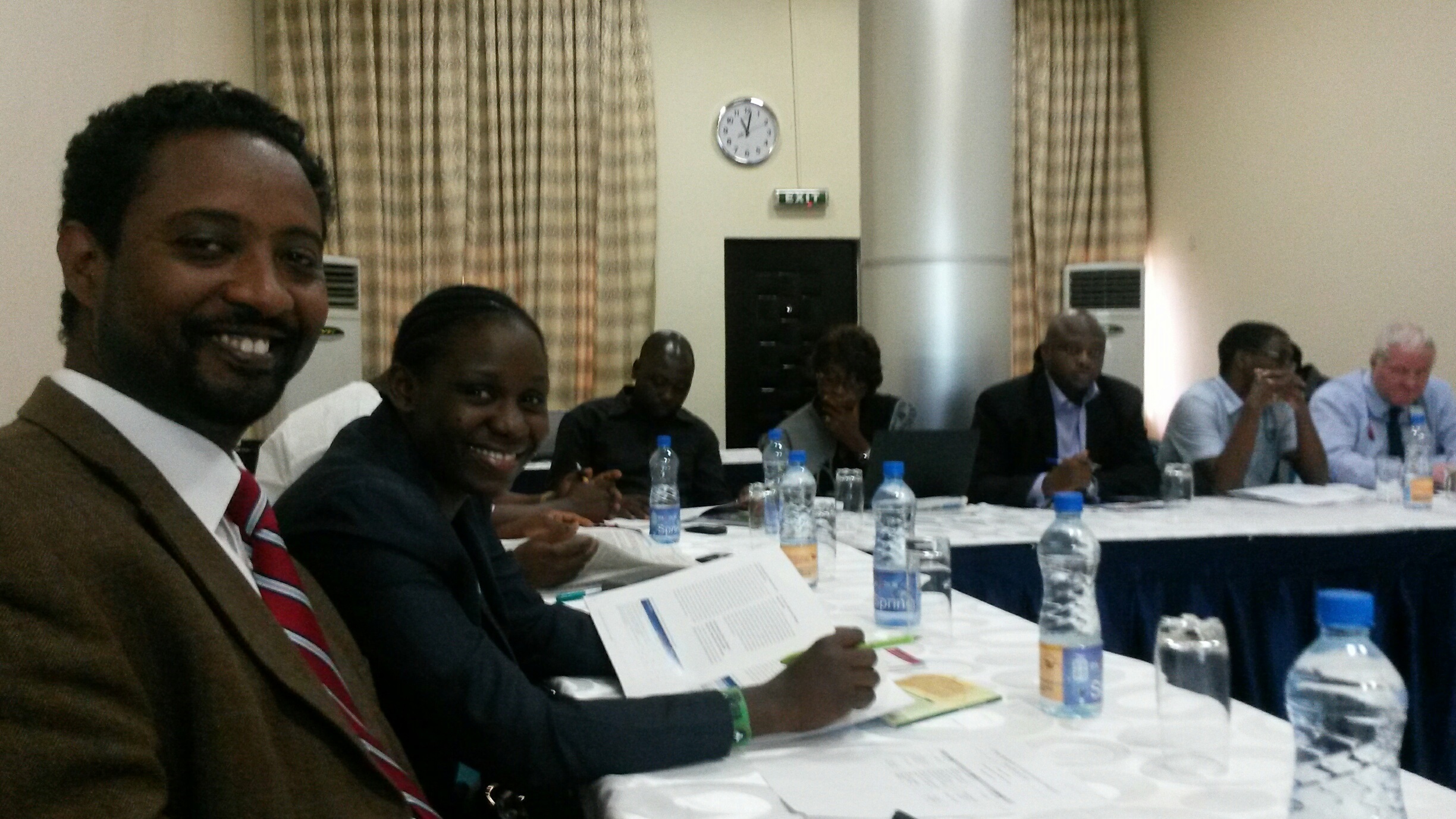Last Saturday I traveled to Nigeria with my colleagues John Mbaku and Temesgen Deressa of the Brookings African Growth Initiative. It was a long trip via Addis Ababa, but we enjoyed commiserating about the crowded boarding gates with the Nigerians; most were headed home from long trips to Dubai and Beijing. We were ready to hear what Nigerians had to say about economic development and poverty reduction.
We spent the past week with our external partners at the Foundation for Partnership Initiatives in the Niger Delta and the Nigerian Institute for Social Economic Research. The purpose of the trip was a two-city road show of dissemination events for the pilot of the Models of Development and Experiential Learning case study project. The overall goal of the study is to systematically gather knowledge about various development interventions in the Niger Delta. These model cases are designed to assist policy makers and practitioners when they are considering replication of a particular initiative in the Niger Delta or elsewhere in Nigeria.
The first event was held in Abuja, the seat of the Nigerian federal government; while the second event was held in the heart of the Niger Delta at Port Harcourt, Rivers state. We discussed the case studies of the Akassa Development Foundation and the Songhai Rivers Initiative directly with local development practitioners, with a view to obtaining contextual feedback on the MODEL pilot concept, which may support improvements to the pilot. For example, one practitioner asked how physically challenged participants were included in each of the case study models.

AGI Guest Scholar Temesgen Deressa discusses aspects of community-driven
development
programs with local NGO staff in the Niger Delta.
The Akassa Development Foundation (ADF) is a community-driven project in Bayelsa state in the conflict addled Niger Delta region. The Akassa territories are located in a network of delta-creeks and rivers. One of the defining features of ADF is that it uses a general assembly of community members to initiate, plan, and manage development initiatives such as health campaigns, infrastructure and sea turtle conservation. The second case, the Rivers Songhai Initiative, is an agricultural training center in Rivers state about an hour’s drive from where we stayed in Port Harcourt. The state government-led center has three main goals: improve agricultural productivity, reduce youth unemployment and change the low opinion that many young people have of farming. Interestingly, a majority of both the ADF and the RSI have reported improved outcomes from these interventions. These positive preliminary results would seem to support the anecdotes of the success the two models have experienced.
The question is how to replicate these models? What design features are most important? Both the ADF and RSI have been replicated before and are currently under consideration for further expansion. The MODEL pilot study was a first attempt to determine what design features of the model contribute to beneficiary satisfaction or detract from it. For example, interviews with Rivers Songhai employees noted the need for a careful analysis of the soil and local food preferences before the program starts producing farm products. This simple suggestion could further improve farm outcomes in the Niger Delta. Heading for home, we have a lot of new questions to consider on our long trip back.



Commentary
Community-Driven Development in the Niger Delta: Reactions on the Ground
June 26, 2014